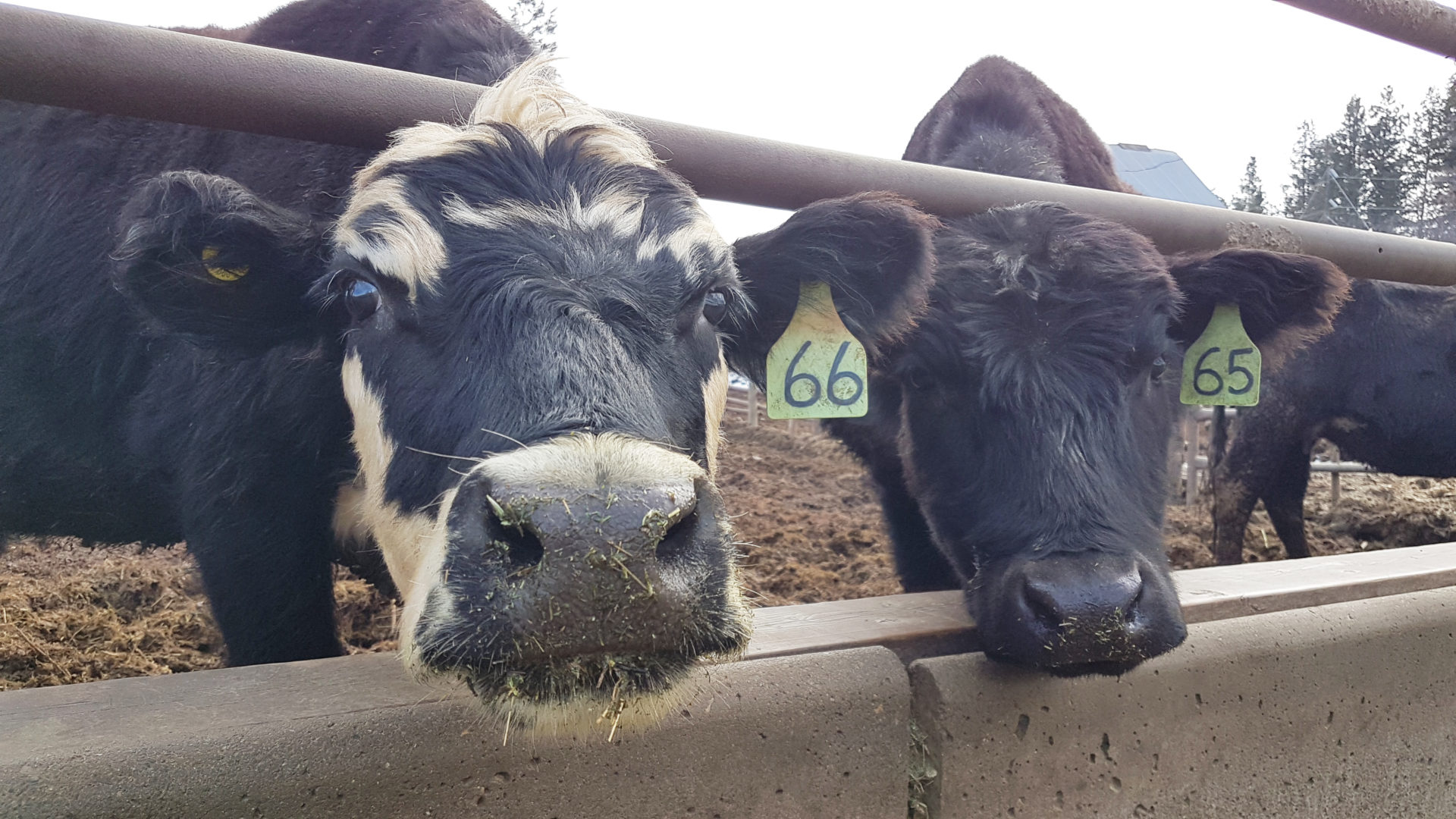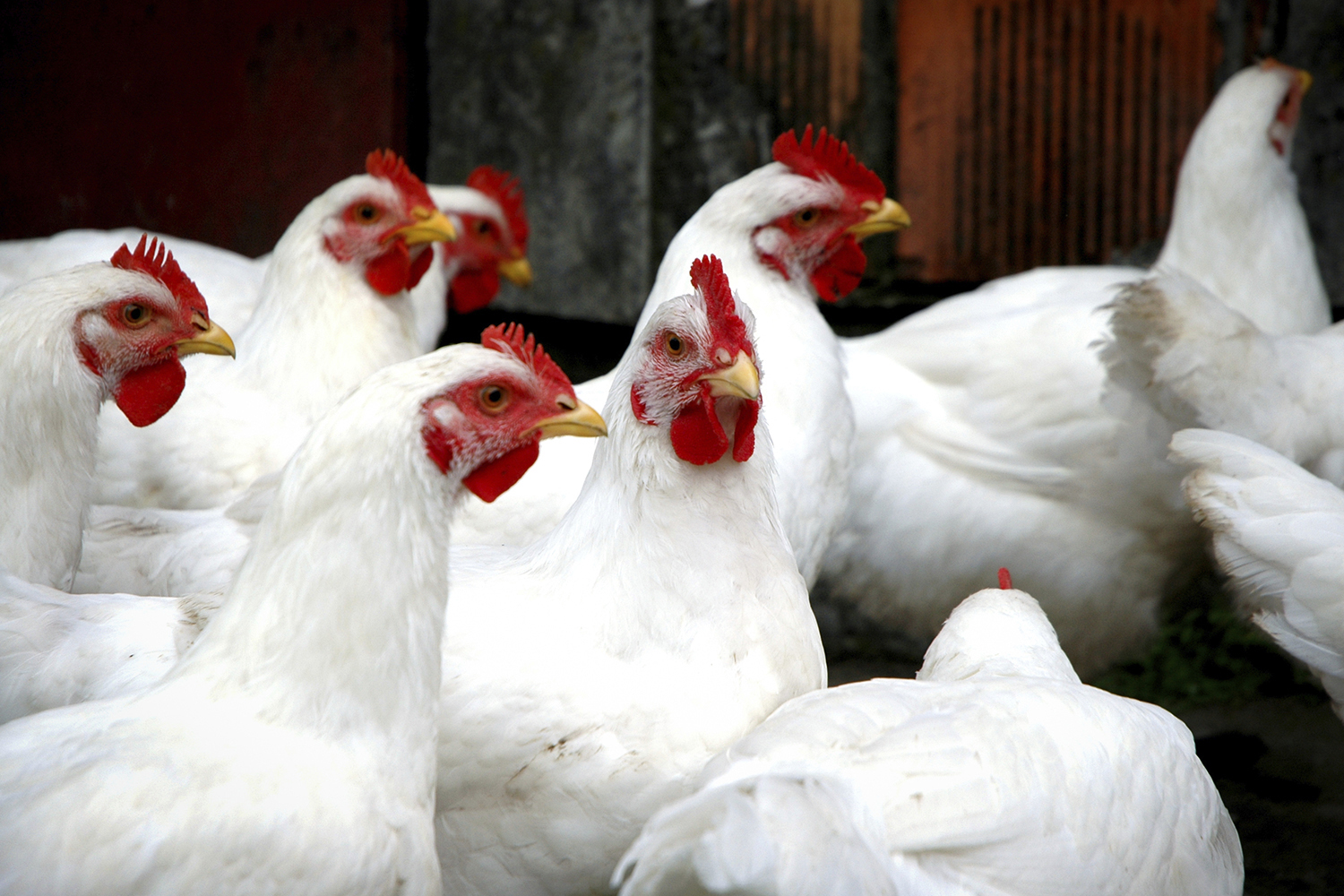VERNON – Kee Jim is bullish on beef.
“I feel very strongly that the participants that are in the industry today are in for a pretty good deal going forward,” Jim told North Okanagan Livestock Association members at their education day in Vernon in late February. “I think calf prices are going to continue to be very strong and I think we could test the highs we have seen recently again over the next five years.”
Jim is a veterinarian and founder of Feedlot Health Management Services in Okotoks, AB. His family ranch is Little Fort Herefords, north of Kamloops.
He noted that the last four years have seen the highest cattle prices on record.
“Whether you were selling calves or you were selling yearlings, the last four years have been pretty good,” said Jim. “You have been thinking selling calves for $3.00 a pound was quite a bit of fun? I think we will eventually see some of those numbers again.”
Jim says he can’t see calf prices dropping back under $1.50 unless something “very catastrophic” happens, like back-to-back major drought years in Western Canada or in the US corn belt, or another global meltdown in the financial markets like the one in 2008.
Jim expects cow numbers in Canada will start to increase.
“One of the key messages I have is that 2017 will be one of the lowest points of inventory that we will see in our generation,” he says. “I believe we are finally going to bottom out the number of cows in Canada.”
That’s just under four million cows, with BC’s share (typically 5% of the Canadian total) around 196,000.
Supply and demand is driving prices higher, says Jim.
“The supply has dropped, but not enough to account for this increase in pricing,” says Jim. “While North American demand is robust, what’s driving this is outside-of-North America demand.”
China will have a middle class of 350 million people by 2025, Jim notes, bigger than the entire population of the United States.
“You don’t think that they are going to eat more beef?” he asks rhetorically. “It just seems ludicrous to me that people don’t think that is going to happen.”
The second market Jim is looking at is the European Union (EU).
“If any of you have travelled to Europe, my advice to you is do not eat the beef because it is a horrifying experience,” he quipped.
He says if EU consumers can access a quality product from Canada, they have the money to pay for it.
Producers should consider getting EU-certified.
“We are not moving much beef into that market and part of the reason is sourcing supply,” says Jim. “I am an EU- certified feedlot but it is hard for me to find calves.”
The EU will only accept beef that is certified free of growth enhancing products (GEPs). Jim says if GEPs are not part of your management system (as is the case for 76% of beef animals in Canada), the vet certification and the paper work for EU clearance are worth it.
“You have the potential to get a premium from a very low input,” he says. “But sometimes that premium is difficult to see because when you sell your calves on any given day, there are a number of factors that determine price.”
Jim says demand for the 50% of the beef that stays in Canada is strengthening.
“When demand figures come out for the first six months of the year, it has got to show demand for beef is increasing. Despite all the bad news that is out there, beef is still the number one protein with respect to price.”
The strong competition between the giants of the consolidated retail industry has been good for beef prices.
“Featuring beef is one of the main ways of getting consumers into stores, and retailers have campaigns and programs for that,” says Jim.
Branding programs differentiate products and give consumers more confidence at the retail case.
“Branded beef is the rule now rather than the exception. Look at the success of Certified Angus Beef.”
He adds that specialty programs, such as hormone or antibiotic-free, actually increase consumption.
“Those are people who wouldn’t eat beef if it wasn’t raised the way they want it to be,” Jim notes. While those markets will expand, he doesn’t ever see them being more than 10% of the total market.
The current profitability has led US producers to increase their cow herds.
“The US numbers are starting to come up a fair bit,” Jim points out. “But in Canada, that hasn’t really happened.”
“So tell me why, with four extremely profitable years – the best four in history really – how come no one is increasing their cow herds?” he lightly chided the audience.
An aging rancher demographic and political and tax environments all affect ranchers’ confidence, and many younger people continue to work away at other jobs, Jim says.
“But coming back to the ranch makes more sense now than it has in my entire lifetime because it looks like you could actually make money doing it.”


 Chicken growers demand pricing parity
Chicken growers demand pricing parity